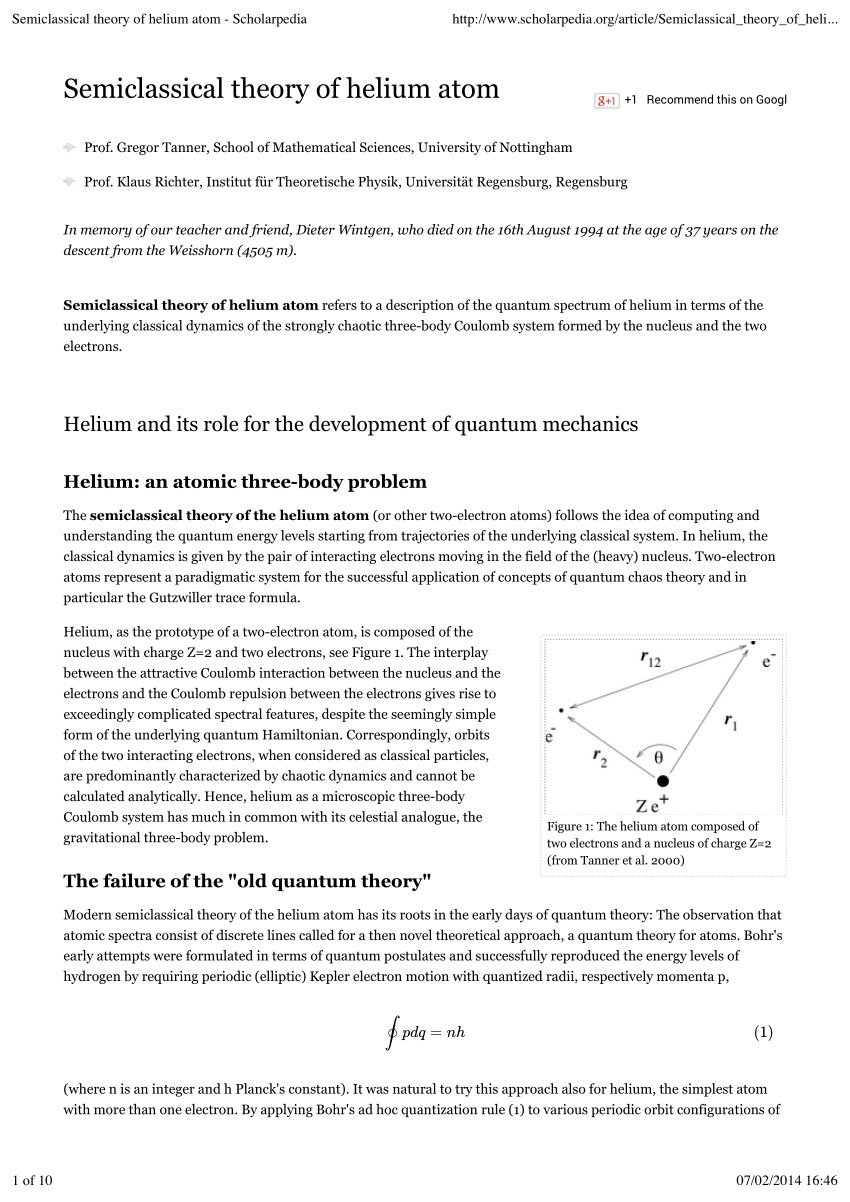Silicon Wafers for Helium Beam Research
Silicon Wafers as Atomic Paddles for Helium Beam Research
Please contact us to learn which silicon wafers can be used as atomic paddles used to slow helium beams for faster atom-based gyroscopes for advanced navigation systems.
Get Your Quote FAST!
What Silicon Wafers Can Be Used for Helium Beam Research?
The speed of a beam of helium atoms can be slowed down and controlled, much like a tennis player uses a racket to control a tennis ball, physicists at the University of Texas at Austin have discovered and could one day be used to develop modern navigation systems. The next step is to do the science behind these X-rays, but the slow rays are the result of the technology that makes them possible, said co-author and assistant professor of electrical and computer engineering at Texas A & M University in Austin.
 The slow helium beam was created by placing a fast-rotating titanium sheet in a vacuum chamber using a silicon wafer called an atomic paddle. Using supersonic beam technology developed by his group at the University of California, Berkeley, he and his colleagues pumped helium beams from helium atoms into the vacuum chambers where the paddle was located, and then pumped them out of the chamber at a speed of about 100,000 X-rays per second.
The slow helium beam was created by placing a fast-rotating titanium sheet in a vacuum chamber using a silicon wafer called an atomic paddle. Using supersonic beam technology developed by his group at the University of California, Berkeley, he and his colleagues pumped helium beams from helium atoms into the vacuum chambers where the paddle was located, and then pumped them out of the chamber at a speed of about 100,000 X-rays per second.
The helium atoms reflected the silicon wafer paddles, similar to how a glass mirror reflects a light beam, the researchers said.
Just as the movement of a tennis racket absorbs the energy of the tennis ball, the movement of helium atoms in the silicon wafer paddles slows the beam down. Just as the movements of tennis rackets absorb energy from tennis balls, the movement of a racket also absorbs energy from helium rays, according to the researchers.
Raizen's work with slow light rays is an important step toward understanding a fundamental aspect of physics that has been studied since Otto Stern's pioneering work in the 1930s. Scientists can reprepare atoms from the surface and observe their scattering to learn about the properties of the atoms on the surface, the researchers say.
Until now, the only way to explore surfaces with helium has been to move it in a slow beam of light that could one day be used to learn more about the properties of the surface, such as temperature, density, and other properties. However, when helium hits a surface at very high velocity, it tends to scatter in many directions, making it difficult to observe the atoms after impact and limiting the practical use of the probes.
The method could be used in the future to produce even slower helium atoms and ultimately stop or capture them, he said. An atom-based gyroscope system would behave similar to a gyroscope system with a laser, Raizen said, but at a much faster speed. Gyroscopes allow objects to maintain their orientation and balance in space, and the speed of an atom changes over time.
